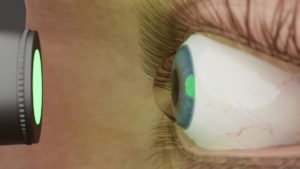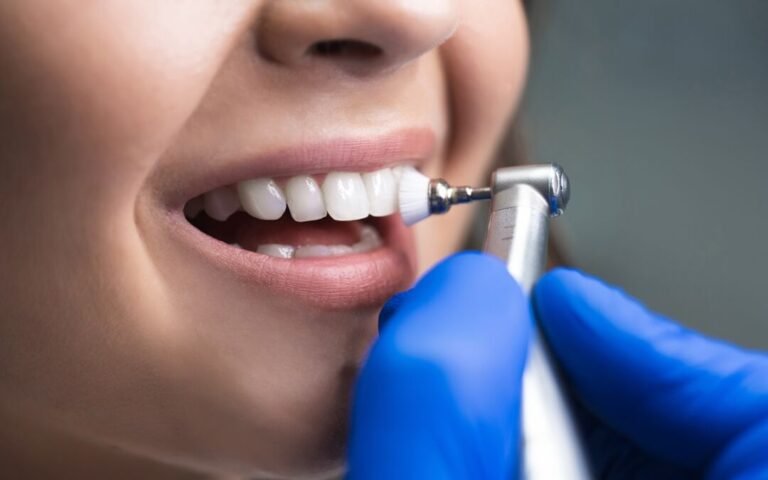Corneal cross-linking is a treatment designed to strengthen the cornea. This procedure is often associated with managing certain eye conditions that impact corneal stability. Understanding how it works and its potential benefits can help patients and eye care professionals explore if it is a suitable option.
An Overview of Corneal Cross-Linking
Corneal cross-linking is a minimally invasive procedure aimed at reinforcing the structural integrity of the cornea. The treatment helps to improve the cornea’s ability to maintain its shape by increasing the bonds between the collagen fibers. It is widely used in the management of keratoconus, a condition that causes weakening and thinning of the cornea.
This technique does not involve removing the corneal tissue, making it less invasive than some other procedures. During treatment, specialized solutions and ultraviolet (UV) light work together to promote corneal stability. Its primary goal is preserving existing visual function rather than directly enhancing vision, although secondary improvements may sometimes occur.
How Corneal Cross-Linking Works
The process begins with the use of riboflavin eye drops. These drops are key to the procedure, as they play a pivotal role in enabling the cornea to absorb light safely. Once riboflavin has sufficiently penetrated the corneal tissue, the eye undergoes controlled exposure to UV light.
When UV light interacts with the riboflavin solution, chemical reactions create additional bonds between collagen fibers in the cornea. These bonds make the cornea more resistant to deformation. Depending on the method chosen, the procedure can involve either removing the outermost corneal layer (epithelium-off) or leaving it intact (epithelium-on). Both approaches aim to achieve similar outcomes, though recovery times and experiences may differ.
After treatment, patients are typically advised to rest and protect their eyes while the cornea heals. A follow-up schedule is recommended to monitor progress and assess the treatment’s effectiveness. Healing times vary based on individual factors, including the specific method used and the general health of the eye.
Benefits of Corneal Cross-Linking for Vision Improvement
This procedure addresses structural issues in conditions like keratoconus. By reinforcing the cornea, this treatment helps reduce the progression of deformation. While its primary focus is stabilization, many patients experience indirect visual benefits.
Reducing irregularities in the cornea’s shape often leads to better visual outcomes when using glasses or contact lenses. Stabilizing the cornea can also open up opportunities for complementary treatments or improved fitting of visual aids, further enhancing sight. Long-term preservation of corneal health is another significant benefit, contributing to maintaining vision quality over time. Corneal cross-linking has become a preferred option for patients and practitioners seeking effective solutions with manageable recovery periods thanks to its minimally invasive nature.
Consult an Eye Care Professional for More
Corneal cross-linking is a practical procedure to stabilize the cornea in certain eye conditions, particularly keratoconus. Whether you’re an eye care professional exploring potential treatments or a patient learning about options, understanding this procedure’s mechanisms and benefits is a valuable starting point. To determine if this is right for you, schedule a consultation to explore how this treatment may support long-term corneal health.







